A Guide to Different Types of Ramen
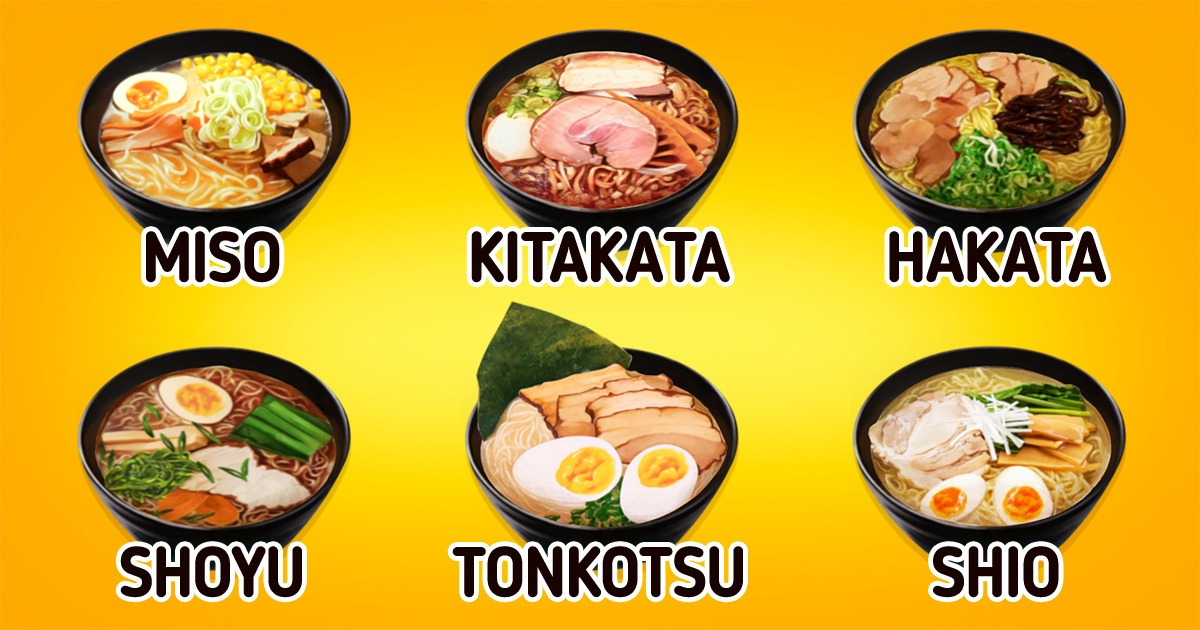
Although ramen means “pulled noodles” in Japanese, this word also refers to the popular dish made of broth, noodles, and a wide range of toppings. While there are 4 major types of ramen that are characterized by the flavor of the soup base, we can also find regional varieties that include other ingredients, making this preparation even more special.
5-Minute Crafts has prepared this guide to show you the main types of ramen, as well as other common regional styles.
The 4 main types of ramen:
Miso ramen
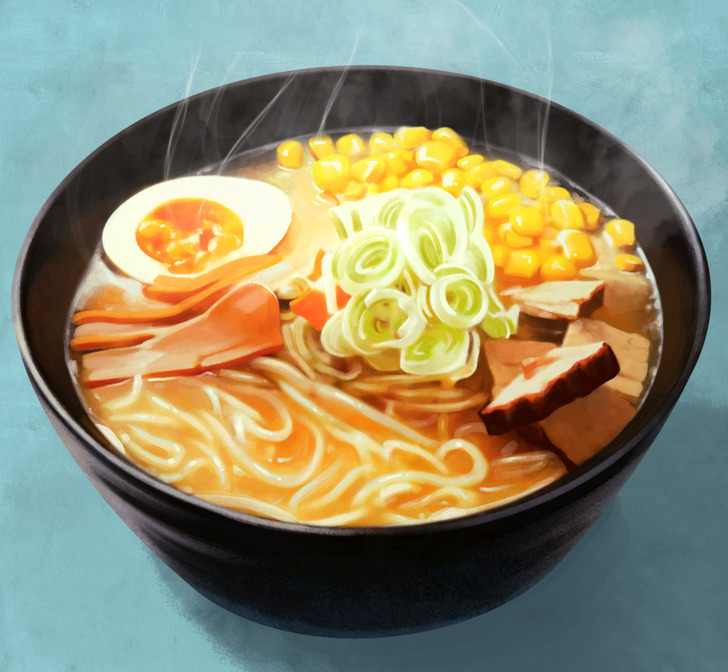
Miso ramen comes from the Northern Hokkaido Prefecture of Japan. It basically includes miso paste, which is a seasoning made from soybeans and fermented grains. Its flavor can be described as a mixture of nuts and salty cheese.
The soup for this type of ramen is prepared by boiling miso paste and pork, fish, or chicken stock, and ending up with a thick consistency and a rather strong taste. Once ready, this broth can be combined with different toppings, such as corn, bean sprouts, onion, and sliced pork, among others. Miso ramen is usually served with thick noodles.
Shoyu ramen
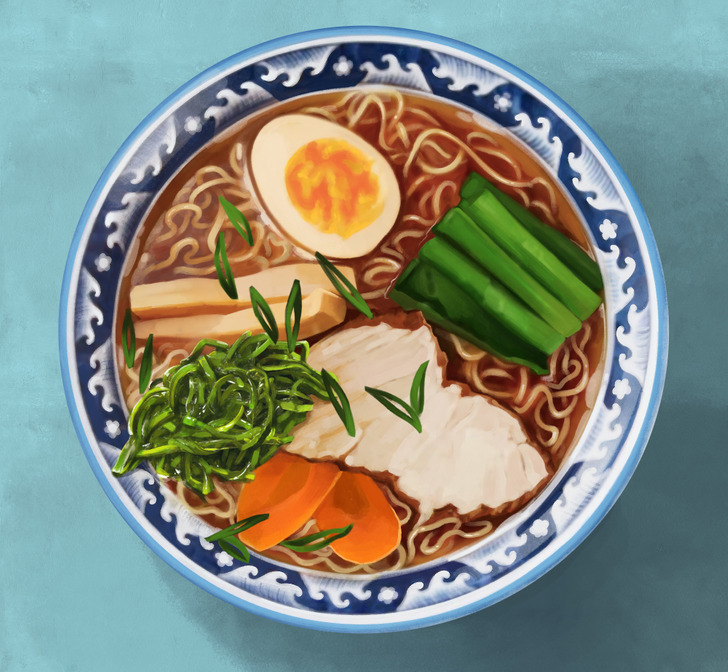
The main ingredient of shoyu ramen is soy sauce, which is mixed with vegetable or chicken stock, resulting in a clear brown, salty broth, which is quite light in consistency compared to miso ramen.
It’s commonly topped with green onions, carrots, boiled eggs, seaweed, and fish cakes, and it often includes thin, curly noodles.
Tonkotsu ramen
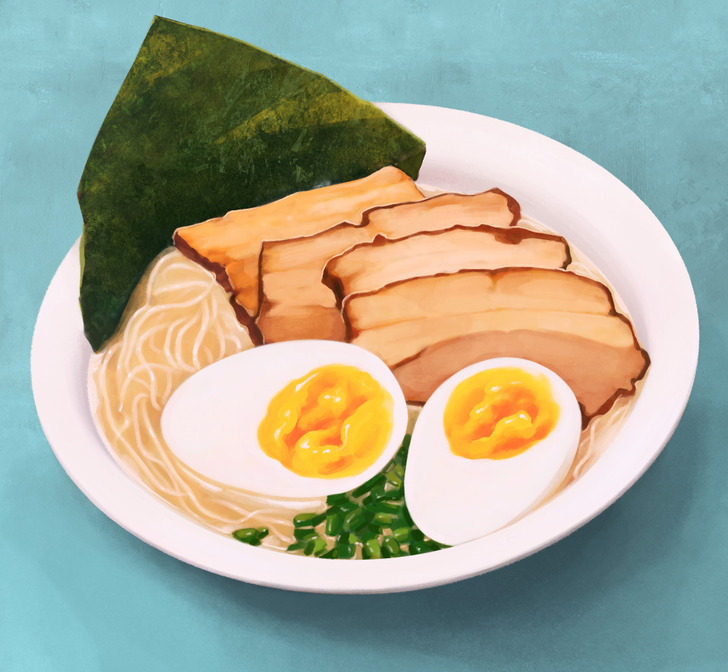
This is considered one of the most popular types of ramen. It’s made with a pork-based soup, which is prepared by boiling pork meat and bones for several hours. The result is a thick broth with a creamy texture and milky flavor.
The most common toppings for Tonkotsu ramen are seaweed, green onions, egg, sliced pork, and pickled ginger. It’s usually served with thin noodles.
Shio ramen
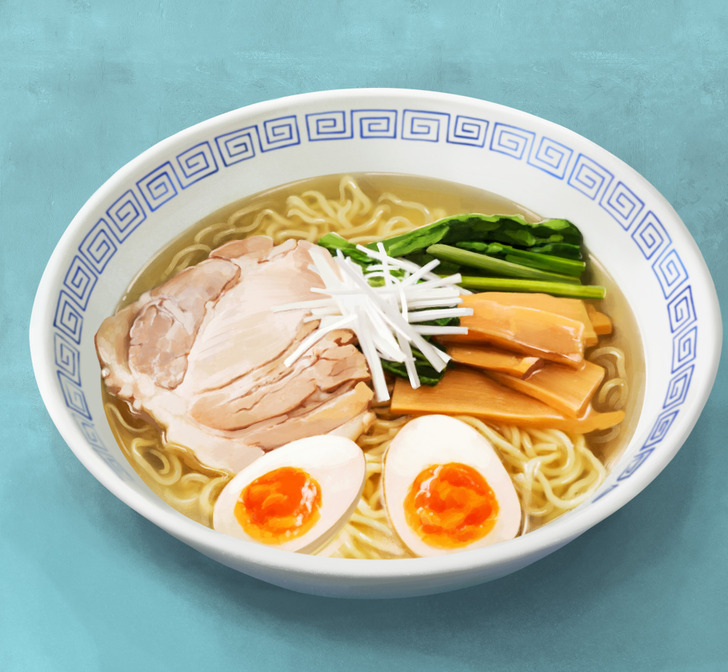
This is one of the oldest types of ramen. In Japanese, shio means “salt,” which is one of its main ingredients, along with vegetables, chicken, or vegetable broth. Although its name may say the opposite, this preparation has a light and refreshing flavor, and is commonly served with straight and thin noodles.
Some of the most popular regional varieties of ramen:
Sapporo miso ramen
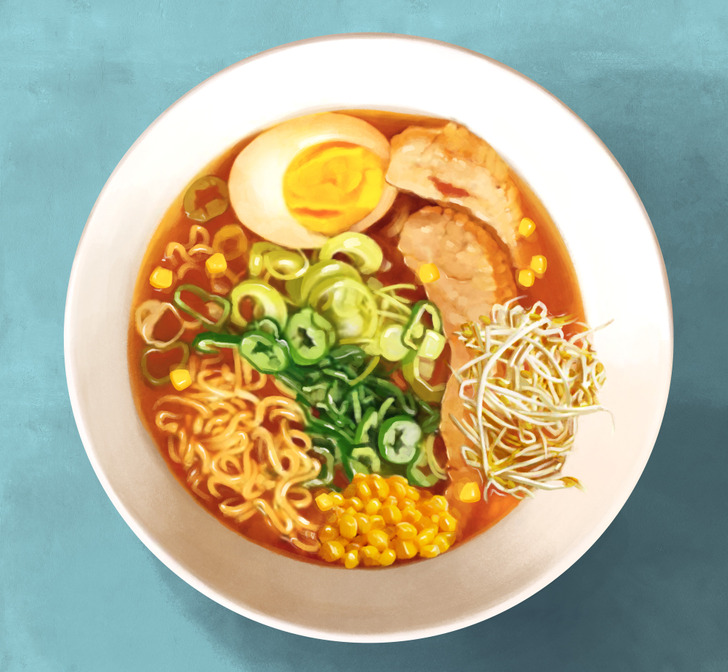
This variety of ramen comes from the city of Sapporo, located on the northern island of Hokkaido. The base soup for Sapporo miso ramen is made of chicken or pork bones mixed with red miso paste, which is combined with noodles, bean sprouts, corn, butter, leeks, and seafood.
Kitakata ramen
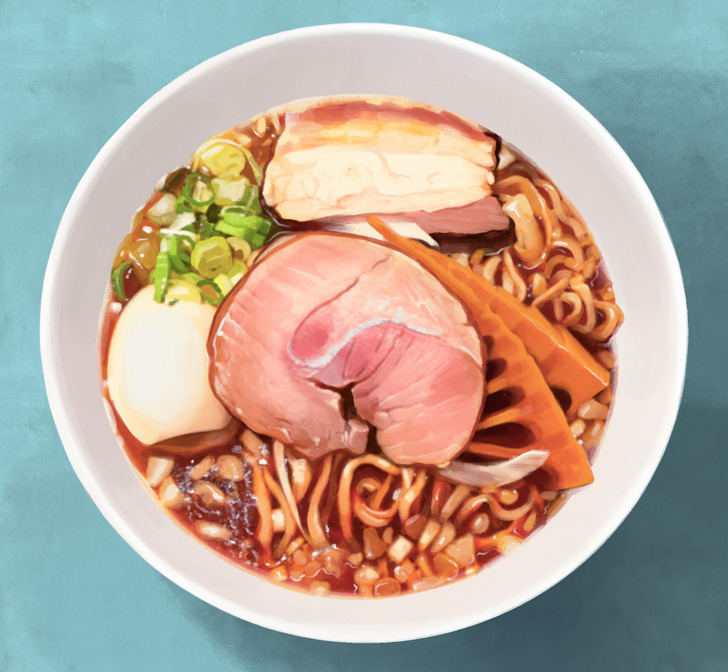
Kitakata ramen was originated in the city of Kitakata, which is located in Fukushima. It’s made of soy sauce broth and thick wavy noodles. The soup is seasoned with sardines, chicken, or other ingredients to enhance flavor.
The usual toppings found in this regional preparation are fish cakes, bamboo sprouts, and char siu (Cantonese barbecued pork).
Tokyo-style ramen
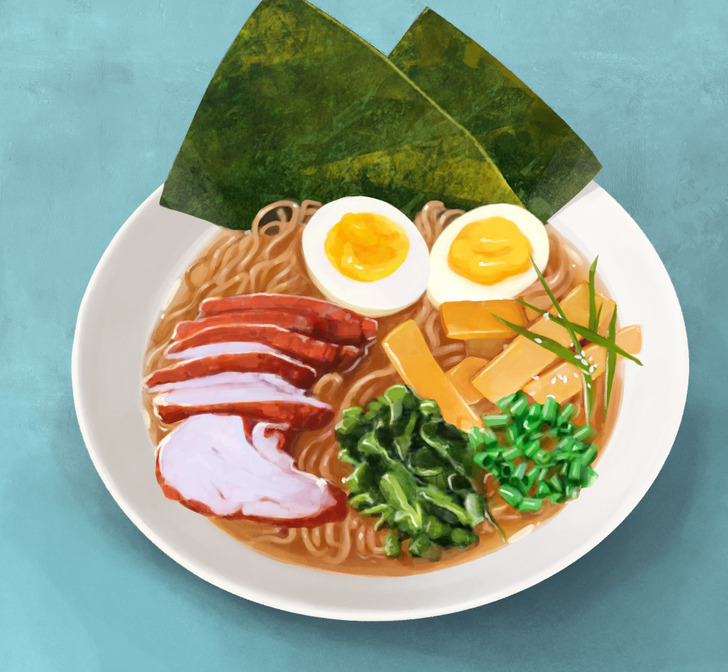
This variety has a base of chicken or pork bone broth with soy sauce, along with thick wavy noodles. Its classic toppings include bamboo sprouts, char siu, spinach, fish cakes, seaweed, a boiled egg, kelp, and scallions.
It also contains kamaboko, a processed Japanese product made of white fish and natural or artificial flavorings.
Wakayama ramen
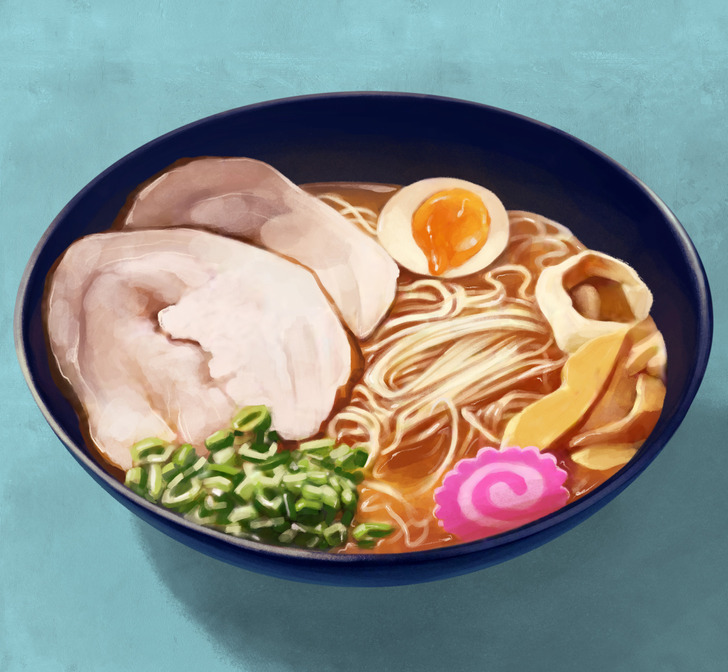
Hakata ramen
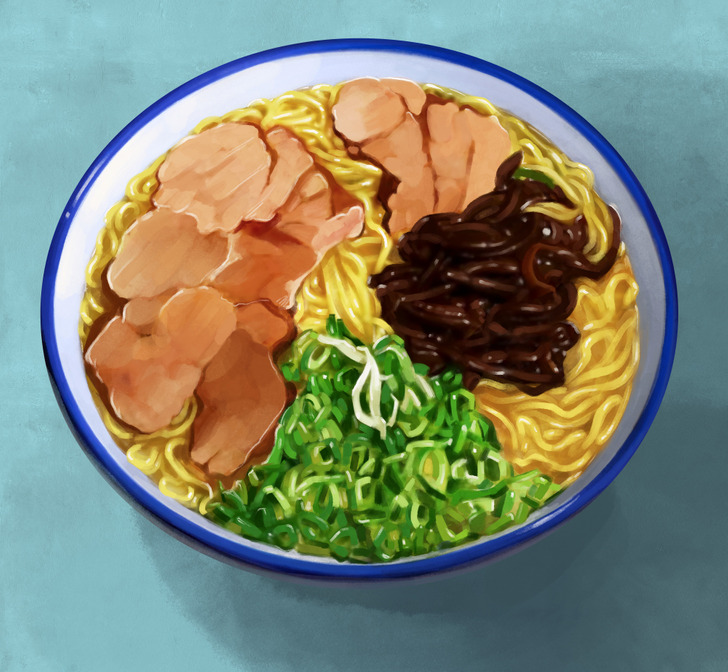
This variety was originated in Fukuoka, located in Southern Japan. It has tonkotsu bone broth and straight noodles, with very few toppings as the broth already has a strong flavor.
It’s considered a very nutritious meal, which was originally sold to fishermen who needed a robust dish to satiate their hunger.
Okinawa soba
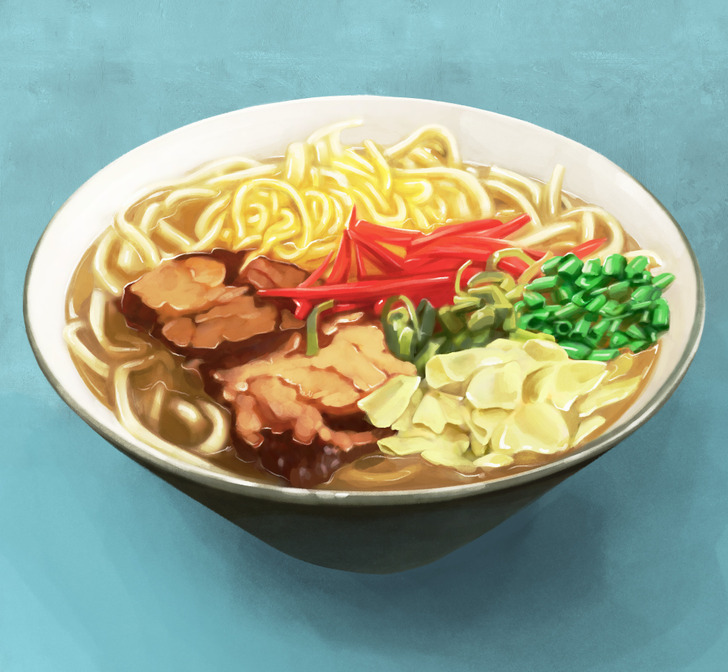
This is a type of ramen that originates from the island of Okinawa. It’s made of a ramen-like soup with thick noodles, also known as udon.
At the same time, it includes boneless pork rib, seaweed, and katsuobushi flakes (bonito flakes). Scallion, pickled ginger, and fish cakes are also ingredients that can be found in this preparation.